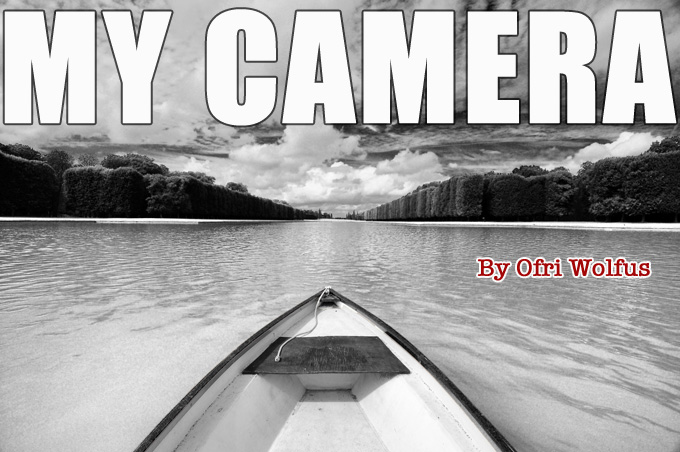
My Camera
by Ofri Wolfus
Hi Steve, I thought I’d share with you the story of my cameras. It turned out quite long, so feel free to post it if you like (I’ll be honored :). Also, English is not my mother language, so sorry for any mistakes.
The Nikon D90
I started being interested in photography about 5 years ago. Having no experience at all, I started doing my homework before deciding which camera to buy. At this time my only experience has been with phone cameras and P&S, and I didn’t even know what a DSLR was. Scanning the universe of the internet taught me about DSLRs, lenses and so on, but it was all theoretical. I never used one, and had to base my decisions about what other people say, having no self preference. Finally, after a lot of hours reading reviews, I got my very own, brand new, Nikon D90 with the a 18-105mm kit lens, a nikon tripod and a small camera bag that fitted the kit.
I remember taking my first shot with the D90 – I was absolutely blown away! I never experienced shallow DOF before, and the quality compared to my old P&S was simply stunning. Soon I started to learn anything I can about this camera. I learned what the Shutter, Aperture and ISO are. I learned about different lenses, RAW, JPEG, saturation, contrast, etc, and the more I learned, the more I wanted a wide-angle lens. It turned out that my favourite subjects are landscapes, and so I bought myself a Tokina 11-16mm. Other lenses came in as well, but this Tokina has been (and still is) my favourite by far. It is sharp, really fast for its focal length (f/2.8), takes regular screw in filters, and most importantly – ultra wide. It’s also worth to note that I quickly found the joy of using primes rather than zooms, and didn’t touch the 18-105 ever since.
I had a lot of my best shots taken with the D90 and the Tokina. They served me well in almost any situation, from long trips to late night shooting (it’s amazing what you can shoot handheld with an f/2.8 ultra wide). The problem for me was that the more I used this combination, the more I suffered. I really liked the shots that came out, but the actual picture taking experience has been a pain. The D90’s interface has tons of features that I don’t use and don’t care about, and together with the Tokina it’s a pig. It’s heavy, big, and doesn’t fit in my bags (I became a hater of dedicated camera bags, and use only “regular”, unpadded, bags). Also the fact that I always carried an extra normal fast lens (either the Nikkor 50mm f/1.8 D or the Nikon 35mm f/1.8 DX) with me didn’t help. And so my search for alternatives has began.
The Zeiss Ikon
IIRC, this search is what had led me to your site, Steve, and your passion about Leica made me spend many hours reading about rangefinders. Unable to afford a digital Leica, I realized I’ll had to use a film camera if I wanted the best possible combination of price, quality and compactness. This was not an easy choice. I never shot film in my life before. At some point, I finally made my mind and decided to give it a shot. I bought a new silver Zeiss Ikon together with three lenses: Voigtlander 15mm, Voigtlander Nokton 35mm f/1.4 MC, and a Zeiss ZM Planar 50mm f/2 (the last two thanks to your reviews! :).
I started by getting a bunch of films like Tri-X, Velvia 50, Provia and more. It was such an alien feeling after the D90, but every time I held this Zeiss with any of these lenses I simply had a huge smile smeared on my face. I can’t explain it. It’s such a unique feeling shooting a film rangefinder.
This part of my story sadly has a sad ending. Before I got a chance at being any good, the only store in my area that developed slides stopped doing it. This was a major problem but I hadn’t given up yet. I bought myself a Plustek OpticFilm 7600i from B&H together with a bunch of tools for home development. I also went to a local store, and got myself a kit of E6 and BW chemicals. Now all I was missing is actually knowing how to develop… 🙂
The more I learned about E6 (which was my main interest), I realized I’ll have to somehow control the temperature of the development tank, but I couldn’t find a reasonably priced solution. That also didn’t stop me, and I sorta built my own. I took a big polystyrene box and filled it with a mix of hot/cool water until I reached the desired temperature. Now in order to maintain that temperature, I took a big resistor and connected it to a variable transformer. I then threw the resistor into the water and varied the voltage in order to control the heat produced by the resistor. This was mostly a trial and error, but after playing with it for a while I was able to keep the temperature constant enough for about an hour or so.
As you can probably imagine, this setup is far from ideal. I had to keep an eye for too much stuff simultaneously, and more often than not I’d ruin the films. I even got electrocuted at some point. Since the voltage was low no harm has been done, but it’s not something I’d like to do for fun 🙂 That said, what finally made me give up on film was the scanning. It took forever and it wasn’t easy (at least for me) to get good colors out of the scanned files. At some point I found myself finishing a bunch of rolls and simply avoiding developing them knowing it’d take me a full day to get everything done. And that’s for 3 rolls at best.
The Ricoh GXR
At this point I was again looking for alternatives. Lucky for me, I found about the wonderful Ricoh GXR. At that time the M mount module was not yet available, but it has already been announced. Again, following your reviews I decided to get myself the 50mm module and wait for the M mount to arrive. Shortly after receiving the 50mm module I went on a two weeks trip, and took the D90, Tokina 11-16 and the Ricoh with me. During that trip I found myself using the Ricoh much more than the D90 for two main reasons – color and portability. The GXR produced so much better colors and was so much easier to carry. Even though I’m a landscape addict I kept using the Ricoh for these two reasons. Honestly, I had about zero keepers from the 50mm, but it was so much more fun.
Shortly after the GXR M Mount was available, and after seeing a bunch of reviews about it, I got myself one. It was probably the best camera purchase I’ve made. Using it is so much fun and the results are so rewarding that I always want to take it with me. I have three lens combinations that I use. My goto choice is only the 50mm Zeiss. Every time I use it I’m simply stunned by the IQ. However, 50mm f/2 on the crop sensor is sometimes too long for me. For these occasions, as well as when shooting at night or when feeling nostalgic, I pick the Voigtlander 35mm f/1.4. It’s qualities are nowhere near the Zeiss but it has its uses. It’s also the smallest of all my lenses and so if I’m not sure whether I’m going to use the camera or not it’s a nice fit. Finally, there’s my trip configuration. When going on a trip I take the Voigtlander 15mm together with the 50mm Zeiss, and leave the 35mm at home/the hotel. For me these are the ultimate combinations that fit everything I do.
Finally, I’d like to talk a bit about the GXR body. IMO it’s a spectacular camera. It’s incredibly compact and produces wonderful results. It’s by far, the most capable and fun camera I’ve ever seen. There are, however a few things I’d like Ricoh to fix:
1. Take away all the junk menus. When I first bought the GXR it had a few simple menus with all the needed functionality and then some. However it was still focused enough that I could take advantage of everything I needed. Sadly with every firmware update they’ve been cramming more and more stuff into the poor menus and now I can’t find anything. It takes forever to get to the right option.
2. Somewhat repeating the above, Ricoh please remember we really only need shutter, ISO, exposure control and color control. Actually even color control is usually done afterwards on the computer. Personally, I leave shutter and ISO on auto all the time and only touch the color presets. Fuji seems to get it with their X100 (so I heard), so why can’t you?
3. There are way too many buttons on the body that have useless functions. Really Ricoh, how often do you use the self timer that you need a dedicated button for it?
4. Why is magnification hard wired to a long press on the OK button? It drives me crazy if I do it by mistake and now have to circle through all magnification ratios in order to get back to the full frame.
5. Finally, please add a full frame sensor. It’s such a shame to waste half the area of the wonderful M lenses, but it’s also incredibly annoying to work with the crop factor. Want a fast 35mm equivalent? Have fun finding a 24mm with f/2 or faster. AFAIK the only option is the Leica SUMMILUX 24mm f/1.4 which is way above my budget.
To sum up, I think there are three groups of people: those that only care about the final photos, those that care only about their cameras and their technical abilities, and then there are people like me who care the most about the experience. I may not take the best photos or own the best cameras, but I try to have the best possible experience and simply have fun 🙂
Yours,
Ofri Wolfus
His Flickr is HERE and he has some gorgeous photos so check it out!

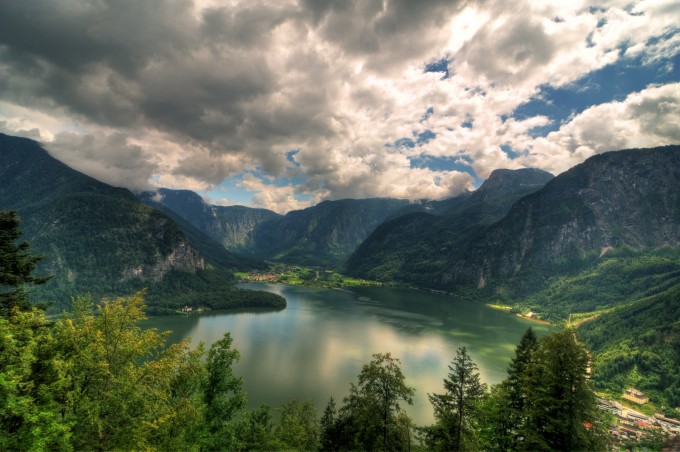
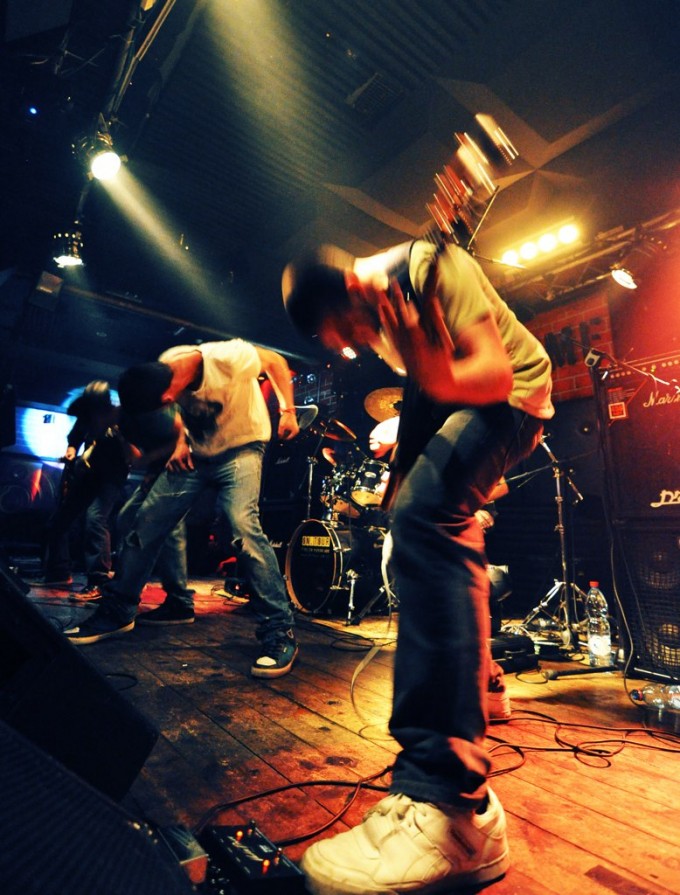
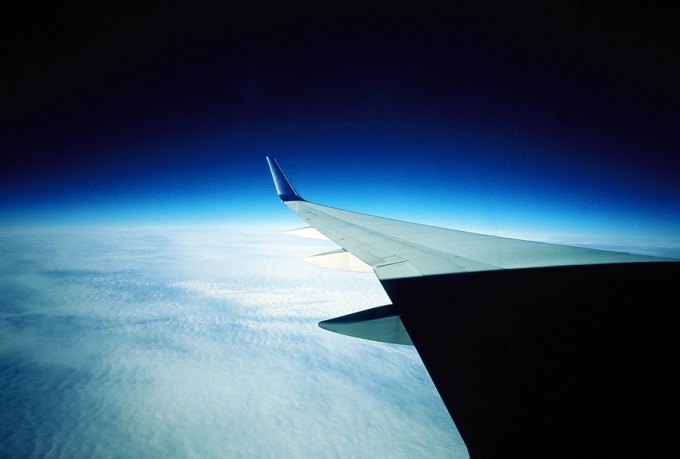
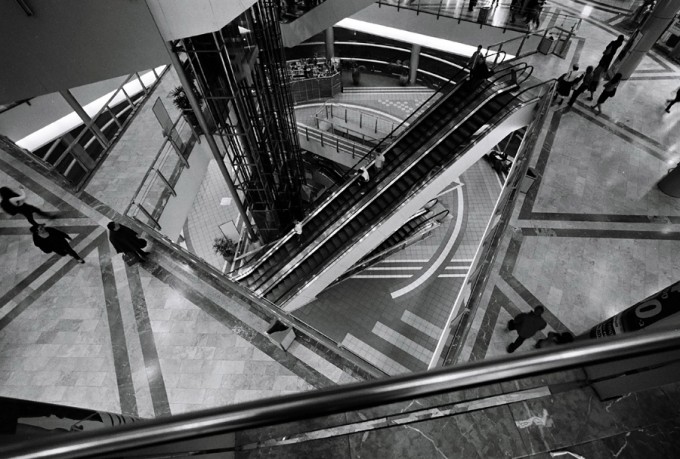
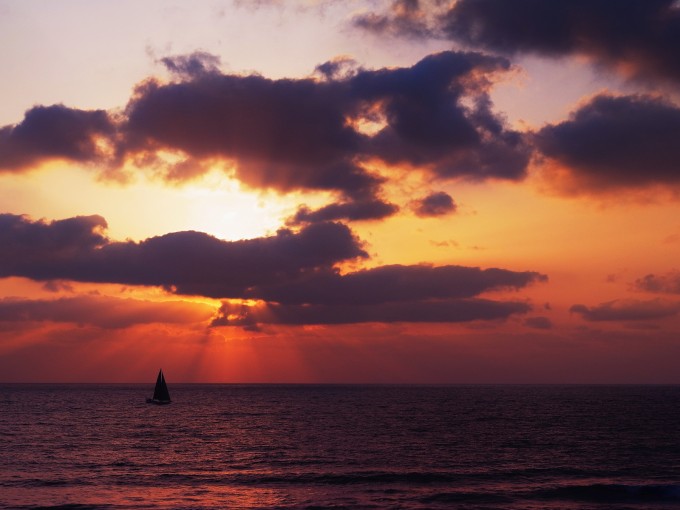
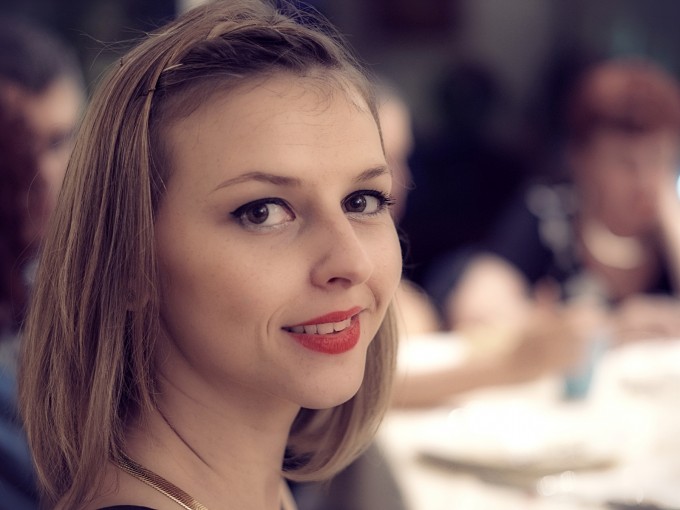
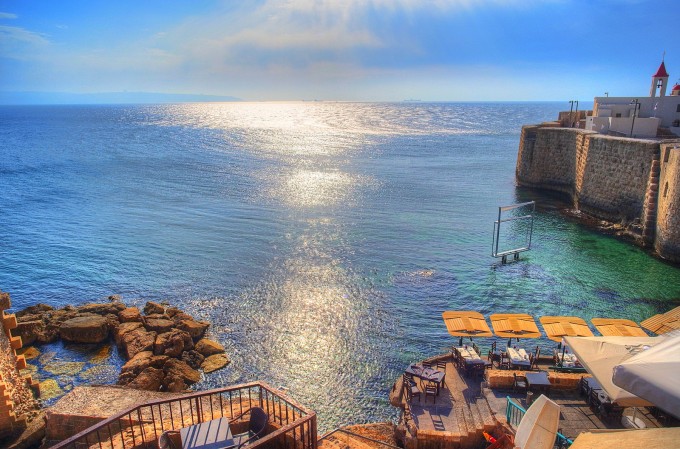


Great story. I am thinking about colour development and the whole temperature issue, and am wondering if a fish tank heater would work well. I keep tropical fish and the heater in the tank would be perfect, I even have a spare so I’m currently playing with ideas to use it. I like the idea of using a polystyrene box.
Amazing photos, interesting story.
מישראל? 🙂
Thanks, and yes I’m from Israel 🙂
Ofri, shalom, shavua tov. Did you buy the Ricoh in Israel? I dont know of any stockists here.
Eyal
No. I buy equipment only at B&H or at Adorama. They have by far the best service and prices.
Feel free to email me privately if you need any help.
hi,
i begin with D90 and after to M8…..zeiss ikon…….M2…..
fantastic story simlar to me.
Nice article and excellent photos, you make a very good point and it’s a good read.
Some remarks to your GXR wishlist since some are fixed.
1. Take away all the junk menus.
– Just customize the Adjust menu the way you need and the Fn buttons, you will never have to go into the Menu again other than to format your card and set the date.
2. Somewhat repeating the above, Ricoh please remember we really only need shutter, ISO, exposure control and color control.
– All of this is available via the dials, zoom button and Adjust menu and is easier and faster than the X100.
3. There are way too many buttons on the body that have useless functions. Really Ricoh, how often do you use the self timer that you need a dedicated button for it?
– The self time button can be configured the way you want it so use this to set any other function you need. also don’t forget the one body needs to work with all modules some of which have different functions (macro and so on).
4. Why is magnification hard wired to a long press on the OK button?
– This is easy, set it to one of the Fn buttons and you have the problem solved, it also deactivates it when you half press.
I would say spend the time once to configure the camera to your liking and your problems will all be solved.
A FF module would be great and here I agree with you that it is what Ricoh should do.
I’m very well aware to all of your solutions, and in fact I’m using them all the time. However, these are merely workarounds for the lack of design, organization and focus. The GXR, like many other DSLRs, try to satisfy everyone and every possible use case while in fact they only complicate things for everyone in every case.
What makes me sad the most is that Ricoh is probably in the best position for fixing this. They could easily sell specialized “bodies” that connect to the sensor modules and have specialized controls for specific tasks. It’s much better IMO to reduce unneeded functionality and in turn increase focus and usability.
Not sure about the ‘workarounds’ since the Adjust menu, FN buttons are an essential part of how the camera was designed and operates. It is actually easier and faster to change ISO and EV compensation on the GXR than it is on any other camera (maybe with exception of the Epson RD1).
There are obviously different views but I think only Ricoh and Sony (with the NEX6/7) have figured out how to make a camera with a great modern interface.
There are obvious trade offs if you design one body to work with p&s cameras, prime, zoom and interchangeable lens modules. The body needs to support all of these but does so very well and with full flexibility.
I have not been into the GXR menu for months and only to change the date, everything else with any module works by simply using the Adjust menu.
So while I don’t agree with your points and don’t see how you would come to them I think there is room for different views.
Hello Ofri. I`m very glad that you found Ricoh GXR and excellent mirrorless which it is. However I`ll permit myself couple remarks concerning your fix plea to Ricoh.
1. GXR has one of most photograph friendly menu and configuration. However you have to use a lot and like it to find around it`s menu and believe me, you will.
2. What you expect it a kind of Leica M9 with shutter dial and nothing else but even Leica has a menu a few buttons to press. Well, you do can fix color afterwards if you shoot raw but it`s helpfull to have a jpeg for a clue ( true auto balance is very good on GXR but still can be fooled).
3. All the buttons have a function and most of them can be easily configured. Selftimer button is used as a delete button too.
4. Here I agree with you. I would like to be able to configure OK buttons magnification function.
5. Oh la la mister, big boys like Fuji hasn`t done it, Sony hasn`t done it, Nikon hasn`t done it, Canon hasn`t done it and you ask niche Ricoh come forth with FF mirrorless. Far out.
Finally, if you are interested in Ricoh, why not join us on Ricoh Forum. Welcome. Riccadonna
Let me try to answer:
1. I beg to defer. GXR USED to have one of the most photographer friendly menus. Now it’s a total mess, and this is why: there are generally two classes of menu functions – those that are used during shooting and are often modified (white balance, color settings, bracketing, flash/exposure compensation, etc) and those that are rarely modified (specific button configurations, lens specific settings, etc). Obviously there’s also a lot of stuff in between, and some may be used differently by different users.
Nikon solved this by letting the user configure its own menu (My Menu) and place there their often used settings. Ricoh on the other hand, initially took a different, better route. They used to have a clear separation between the menus, and only the topmost had stuff that’s actually changed during shooting. Today however there are functions all over the place and there’s no clear separation. For example, the shooting menu has the options for various lens corrections. These are, in my book, set and forget settings. Same for date imprint.
2. I agree that the jpegs the GXR produces are great, and I use them often. However, I’m using only about 4 physical buttons on the GXR on a daily basis, and the rest have confusing characteristics. For example, the self timer that doubles as delete. I hardly think that self timer deserves its own dedicated physical button.
3. Of course they have functions. It’s just that they have badly chosen functions IMO. For example, the macro button is very badly chosen. For real macro one would have to use a true macro lens. This is a P&S gimmick at best, and the button becomes useless with the M mount.
4. 🙂
5. “No one else did it before” is a lame excuse for not innovating. I expect a company that had the balls to come up with the GXR concept to continue and innovate. I actually think that Ricoh has a better chance at going FF since they are a much smaller company and thus can move faster.
Ofri. Nice to hear your reaction, one always learns by listening to other opinions.
1. You do have noticed MY1, MY2,MY3 ? You can configure your settings to your wish and forget the rest.
2. Put a hard tape over the buttons you don`t like. Proffs do. By the way Direct and Flash are wonderfull butts?
3. For macro butt you need a macro lens. Get very nice A12 50 macro. It`s real macro with back lens group correction for range from 30cm to 7cm ( macro butt setts the lens to that range so it doesn`t have to AF hunt from infinity). With +2 diopter lens it gives you almost 1:1. Why A12 50? It`s designed as a macro and flash syncs to 1/3200 ( for freezing those kolibri wings :-).
5. Oh if only their camera mini division had the money Sony has!
What about joining Ricoh Forum? Little caveat. It`s very uncommercial site and we are very friendly and supportive to each other.
That’s always true 🙂
1. Sure. I’m using them all the time and they are, indeed, great help. That said, I still occasionally forget to change the mode when swapping lenses.
2. Heh, I don’t care literally about the specific buttons. All I was trying to say is that the layout and the choice of buttons could be better and be more helpful to advanced photographers rather than follow P&S conventions. This is being said from someone who’s looking at the GXR as superior to an advanced DSLR.
3. I actually do have the 50mm macro, and yes I know that button was designed for these modules that have macro support. However, most macro shooters I know (I don’t do macro myself) use much longer lenses so they have reasonable distance between them and their subjects. Hence the GXR’s modules can’t be used for the common case “bug hunting” macro work.
5. I believe that evolutions come from the big guys while revolutions come from the small guys. Hence I’m viewing this as a mere excuse for Ricoh not to put an FF sensor. Of course there might be other reasons I’m not aware of that prevent them from doing it at this point in time.
What’s the link of the forum?
BTW, don’t you get me wrong – I’m loving the GXR. An an amazing, capable little camera. I’m merely pointing out at its (few) shortcomings that IMO prevent it from being absolute perfection.
Just Google Ricoh Forum. See you.
Dear Ofri,
thanx for your statement to GXR. i’m using this body as well. my inspiration came from screening flickr, discovering the photographs looking more analogue than any others, even great and expensive choices. in last months i’ve taken some nightshots, enjoyed the advantage GXR providing more than 30 sec bulb time, look here: http://www.flickr.com/photos/deherlan/sets/72157630791760548/ by Voigtländer 12 mm lens
yours
Rainer
Hi Rainer,
You have some amazing shots there! Where they taken with the 12mm or the 21mm (your flickr says 21)? Also what PP did you apply?
Ofri
Ofri,
thanks for Your reply, indeed first i used a 21 mm but changed for the benefit of the wider angle of the 12 mm. – I’ll come next year to Jerusalem Marathon for running and shooting (but not at the same time), love the city. Last sunday i applied a Summarit 75 on GXR, fantastic combination, the MTF curves attest great qualities to that »cheap« lens, color and bokeh great as well … suppression of straylight having not checked yet.
Happy shooting
Rainer
I’m curious on your choice of the Zeiss Ikon rather than a used M6 as both are about the same price?
The Zeiss Ikon is comparable to the M7 rather than the M6. It has A mode and such. A brand new Ikon can be bought for ~$1600, which is cheaper AND comes with a warranty. As far as I see it, the only advantages of the M7 over the Zeiss are the Leica brand and that it’s prettier (at least IMO).
It was a fun to read and to look at those pictures. Its a pity you had to abandon shooting on film. Probably if you had the chance to get a scanner like Nikon Coolscan V or Coolscan 5000 your experience with scanning positives would be completely different. You could also probably solve the E6 development difficulties by getting a Jobo processor from ebay or just using a heater and thermometer for fish aquarium. But at the end you’ve just found a camera-lenses combination that completely suits you and what can better than this?
I’m glad you’re enjoying yourself. But 3 cameras and you’ve already divided the world into 3 types of people– that’s funny! 🙂
The GXR M-module is indeed and excellent performer. If only people weren’t so obsessed with the NEX and Oly marketing to truly appreciate what Ricoh does.
Great read! Nice one Ofri! That last image is great, it really feels like you can put your hand through the screen and you would be in the picture.
Nice story! I really like the color of the sunset photo!
Your daily inspiration on Steve Huff’s site was great. Thanks for sharing your experiences. I have been an user of Leica (film) M4, but lately I end up with the micro four thirds, Lumix GX1 and the Olympus OM-D plus all the Panasonic prime lenses (Leica/Pana), they make me feel like Leica and on the way saving lots of dove.
The last photo of the sea makes me want to leave the office and go on holiday now. What a wonderful picture!
Hi Ofri! It is really sad to hear that you can’t get E-6 developement in your area. C-41 an E-6 are a pain in the a to do at home I know. I can get it really cheap in every drugstore (in Germany) so I don’t do it anymore but I tried and for the temperature I used one of those thermostates for aquariums which was inexpensive and worked quite well. As for the scanning: I also have a plustek scanner and the whole game changed with the new version of silverfast (version 8). I used to hate silverfast but they have a new interface. It is now as it should be: I scan provia 100 and 400 and the colours are great from start. And the colours are the main reason to shoot slide film, aren’t they. (Apart from projecting them of course which is something amazing the digital world can’t give us…) Maybe you give it another try:-)
I think the last shot might have a bit too much highlight compression, but other than that, really excellent shots! The portrait with the 50mm planar is especially nice! I must admit, the gxr has really intrigued me. though I held off from buying as it didn’t have a built in evf (I can just imagine me and my clumsiness hitting it against something and watching the shoe mounted finder snap off)
Great articles and photos. I agree the experience is very important but I need top IQ as well because, although some of my photos are for pleasure, some I know will end up in a calendar or two.
The reason I enjoy my X100 is just that – it is a good experience and produces great images.
I am impressed with the output of the OMD E5 but have failed to connect with the camera on the few limited try outs. It just feels like a fancy point and shoot with poor menus and tiddly awkward buttons.
I also get a lot of enjoyment out of my 5D. Like the Fuji it is not especially fast and so you tend to take your time and get involved in the moment. Also I love “developing” the somewhat underwhelming RAW files into something spectacular.
Started out with film but went digital in 2004 with a Fuji S2 Pro and haven’t looked back.
Favorite cameras are the S2 Pro (great tonality), Sigma SD14 (amazing sharpness at the pixel level and – yes – that 3D ness – that I think they lost that with the SD1), Canon 5D MK1 (do not want for anything more in image quality than this) and finally the X100.
Lastly – I am amazed at how much the just announced Nikon V2 looks like the GXR A12 M-Mount.
I’m into the experience too. If I get a few good shots, I’m happy. If I don’t, I’m happy. If I get a ham sandwich and a beer, I’m happy.
Great pics and write up. I still shoot film and can empathise about scanning and sometimes how hard it can be to get the colours right…shot a few rolls of Portra 120 recently and had issues with colour casts :-(. I still love film though and I’m leaning towards B+W as I do my own processing and love the aesthetic.
Nice story and the photos are excellent!
Very nice story. Image quality on GXR is outstanding and it took long time here until somebody tells such a nice story around it. I have the M8.2 + Elmarit 28 asph a GXR with some nice Leica R lenses and X100. That´s all I need and I can do nearly the same as we will be able in the future with the new M. Ok the EVF is not perfect on the GXR and I only have APS-C but on a higher level than the Fujis. The X100 will be sold in the next day´s for the Zeiss 50 2.0.
From the quality of your pictures, you surely have a lot of fun!
Splendid.
Hi Ofri,
Really nice story and pictures. The first on, was it taken in Norway and if so, wich one? I think I was at the same fjord this summer (but it could be a different country all together).
Sorry, i’ve made a typo. I meant: The first one, was it taken in a Norwegian fjord and if so, which one?
Actually none of these were taken in Norway. The first one (the B&W boat) was taken at the Gardens of Versailles near Paris.
Very nice read. I totally agree with your GXR experiences. I was tempted to switch to sony. But I didn’t. Why should I? The quality of the GXR is outstanding. And the most important thing: It is absolutely silent. Ever heard a sony NEX shutter? It’s as loud as a DLSR. Not good for street photography.
Love your story Ofri….and your images speak for themselves……what part of the world are you from?
Bruce from British Columbia
Thanks! I’m from Israel 🙂
The photo of the young woman that was shot from the GXR came out very nice.
Beautiful pictures and a great story!